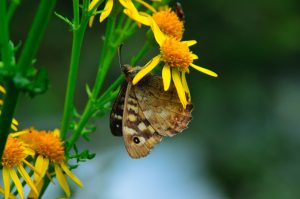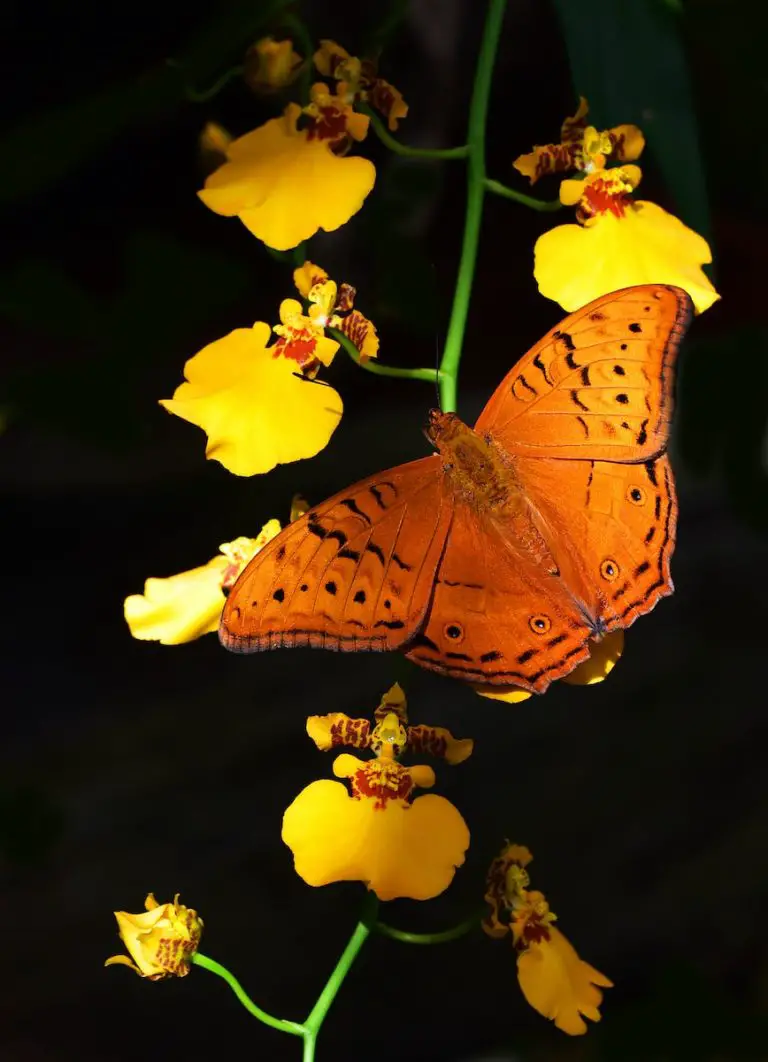Creating a butterfly garden is an exciting and rewarding way to bring life and beauty to your outdoor space. A butterfly garden can help create a vibrant habitat for these graceful winged creatures, while also providing an opportunity to observe the different species that make their home in your garden.
From selecting plants to laying out pathways, there are several steps involved in creating a butterfly garden. By following these steps and taking the time to understand what types of butterflies you might attract, you will be able to bring stunning beauty to your home’s landscape.
How to Create a Butterfly Garden
Step 1: Select Plants – Choose plants that will attract butterflies, provide food, caterpillar food plants and shelter for the butterfly species. Selecting butterfly bush, nectar plants and host plants in a variety of colors will attract different species of butterflies and adult butterflies. Many types of perennial plants are also butterfly favorites, such as milkweed and thistle. Consider adding herbs and shrubs to your butterfly gardens as well, which can offer additional sources of nutrition for butterflies.
Step 2: Provide Water – Make sure to have a shallow water source available in your flowering plants, such as a birdbath. This will give local butterflies an area to drink and bathe in, while also providing them with the moisture they need to stay healthy.
Step 3: Create Pathways – You can help create pathways for butterflies by adding stones, stepping stones, and other materials to your nectar producing plants. These pathways can give butterflies a safe place to rest while they move around your landscape.
Step 4: Avoid Pesticides – Be sure to avoid using any pesticides or chemicals in your butterfly garden as these can be toxic to butterflies and other wildlife. Instead, opt for natural alternatives such as ladybugs, praying mantis, and other beneficial insects that can keep pests away from your garden.
Step 5: Monitor – Finally, take time to monitor your butterfly plants, butterfly garden on a regular basis. Be sure to watch if they lay eggs or any new species of butterflies or caterpillars that may take up residence in your space. By taking a few minutes each week to observe your butterfly houses, you will gain insight into the different types of butterflies that visit and help create a thriving habitat for these fragile creatures.
5 Things To Avoid When Creating a Butterfly Garden
1. Avoid using chemical pesticides – As mentioned above, any chemical pesticides or fertilizers can be toxic to butterflies and other wildlife. Instead, opt for natural alternatives such as beneficial insects and plants that naturally repel pests.
2. Don’t overcrowd plants – Make sure not to overcrowd the plants in your garden, as this can lead to an unhealthy environment for your butterflies. Allow enough room between plants so that the butterflies have space to flutter around and find food sources.
3. Don’t place too much emphasis on design – Butterflies prefer open spaces with simple landscaping features, so focus more on creating a habitat rather than elaborate designs. This will make it easier for the butterflies to find shelter and food in your garden.
4. Avoid removing caterpillars – Caterpillars are essential to the butterfly cycle so don’t remove them from your garden. Instead, provide them with food sources and let nature take its course.
5. Don’t forget to clean up – Make sure to clean up any dead leaves or debris from your garden on a regular basis. This will help keep the environment healthy and safe for butterflies.
Making a butterfly garden can be an incredibly rewarding experience, allowing you to bring beauty and life to your outdoor space.
By following these steps and taking the time to understand what types of butterflies you might attract, you will be able to create a stunning landscape for both your home and the butterflies. With just a few simple steps, you can help make a difference in preserving these fragile creatures for generations to come.
Check out our guide on Wildlife in Gardens: 10 Great Ideas For You

